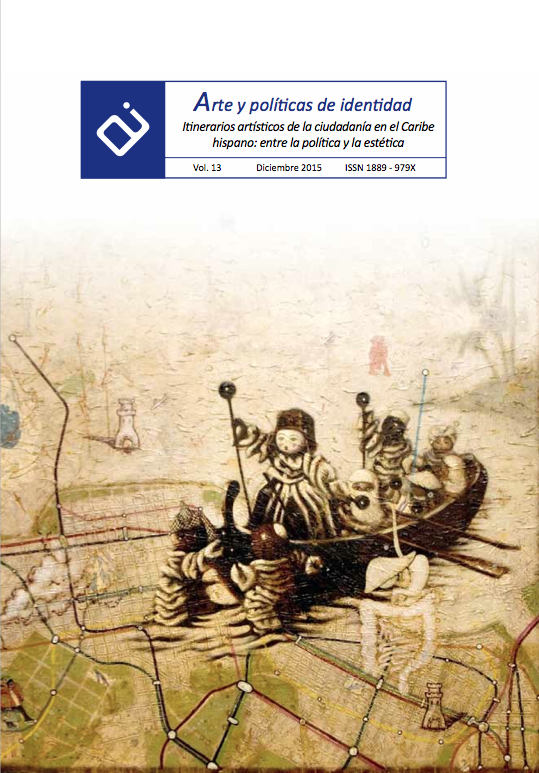Representing Absence in Post-Dictatorship Argentina. Reformulations of the Family Album in the Photographical Projects of Children of Disappeared.
Abstract
The full force of the social and cultural aftermath of the last military dictatorship is still being felt in Argentina today. At the end of the 1990s, this dark chapter in Argentina’s national history was reinterpreted through photography by many of the children of those who had gone missing. These photographers did not have the same connections to the past as their parents and they produced a wide range of works that made a new contribution to the struggle for memory. One particular feature of their work was that they found new ways of using stock footage and family photographs to show the past they scarcely remember. This paper shall describe three highly significant examples of how they have done this: the photographic exhibitions Arqueología de la ausencia (Lucila Quieto, 2001), Tarde [o temprano] (Clara Rosson, 2006) and Fotos tuyas (Inés Ulanovsky, 2000-2001). These three examples used creativity and reflection to save images not only from aestheticism, which turns images into an attractive (but superficial) substitute for absence, but also from blind scepticism, which considers all images to be fetishes, and condemns them to the domain of lies and perversity.Downloads
Download data is not yet available.
Metrics
Views/Downloads
-
Abstract424
-
PDF (Español (España))419
26-01-2016
Quílez Esteve L. (2016). Representing Absence in Post-Dictatorship Argentina. Reformulations of the Family Album in the Photographical Projects of Children of Disappeared. Arte Y Políticas De Identidad, 13(13), 235–250. https://doi.org/10.6018/250991
Articles
Works published in this journal are subject to the following terms:
- The Service of Publications from the University of Murcia (publishing house) keeps the published works’ copyrights, and favors and allows the reuse of these works under the license indicated in point 2.
- Works are published in the journal’s online edition under the license Creative Commons Reconocimiento-NoComercial-SinObraDerivada 3.0 España(texto legal). They can be copied, used, disseminated, transmitted and publicly exhibited, as long as: i) the author and original source of publication are cited (journal, publishing house and work’s URL); ii) they are not used for commercial purposes; iii) the existence and specifications of this license are mentioned.
3. Conditions for auto-file. It is allowed and encouraged that authors share electronically their pre-print version (the pre-reviewed version) and /or post-print version (the reviewed and accepted version) of their Works before the publication, since it promotes its circulation and dissemination. RoMEO color: green.










